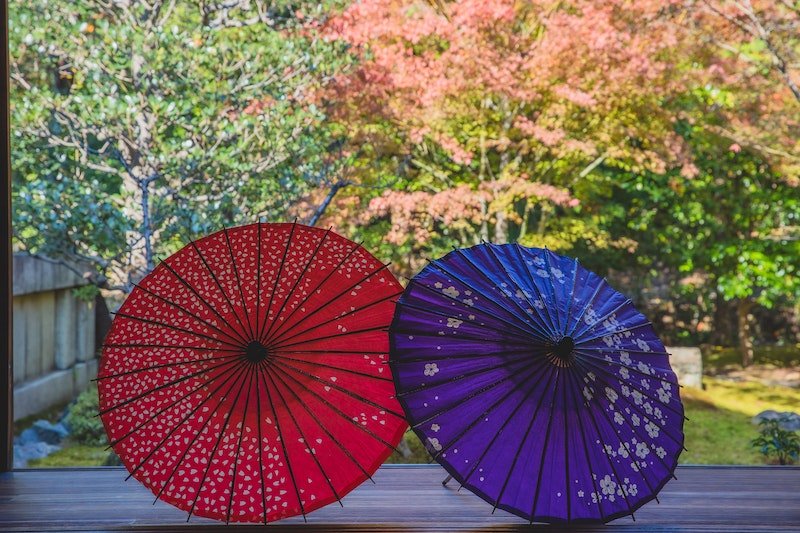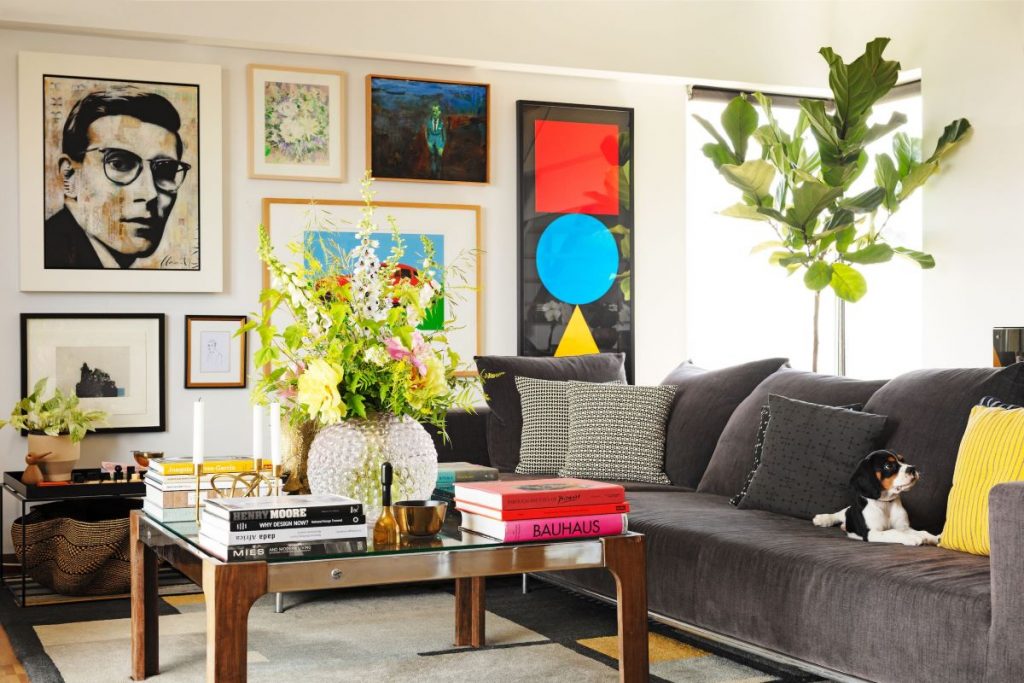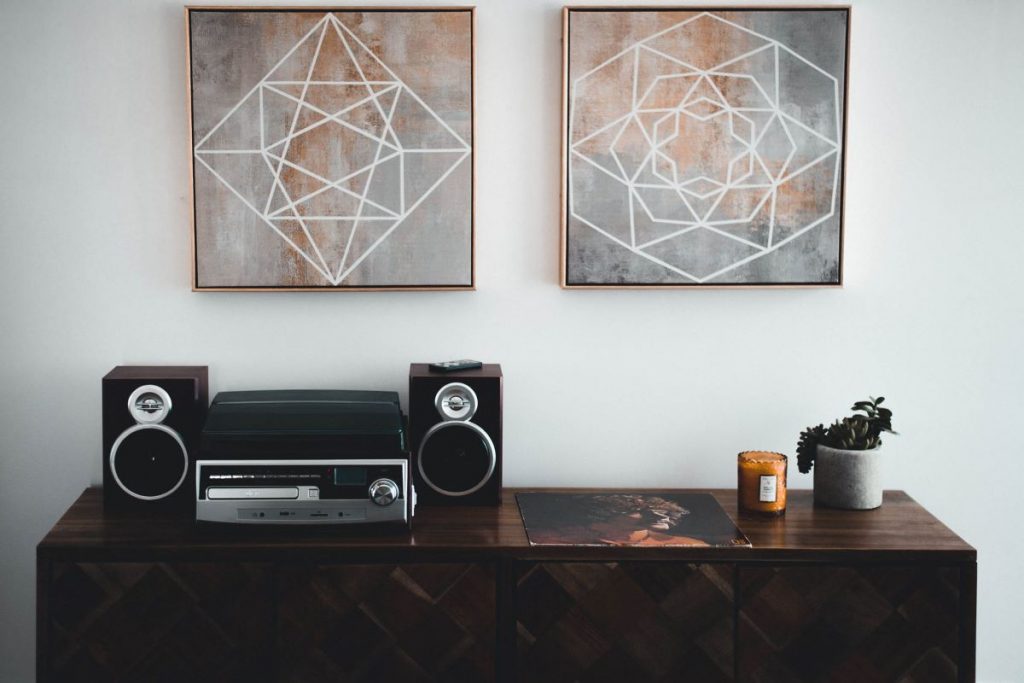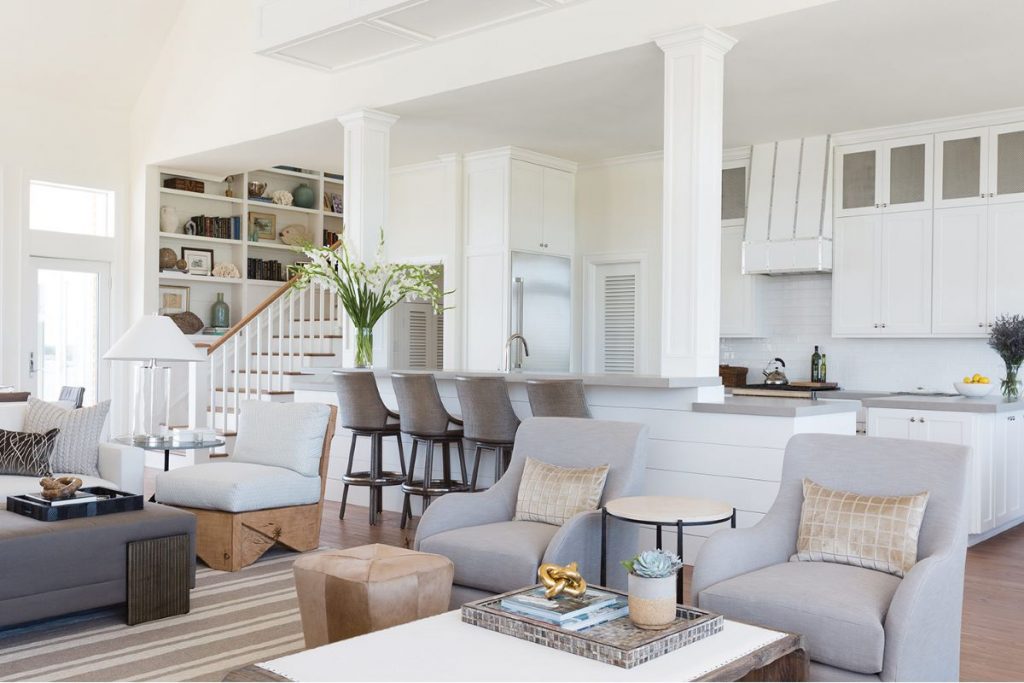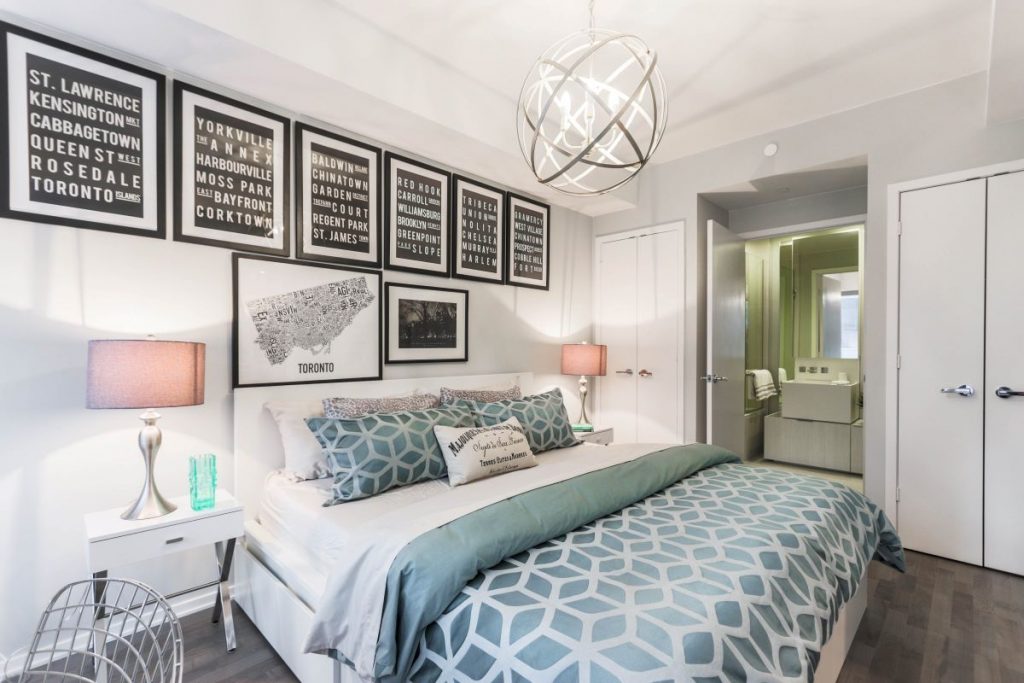Table of Contents
Japanese interior design has a rich history that dates to the prehistoric Jomon period; artisans utilized natural materials such as wood and clay to create beautiful and functional spaces.
As the country progressed through different eras, so did the design principles. These ultimately culminated in what we know today as the fusion of traditional and modern Japanese interior design. One concept that has played a significant role in shaping Japanese design is “wabi-sabi,” which emphasizes the beauty of imperfection and simplicity.
In this article, learn about and explore the evolution of Japanese interior design and how it has combined tradition and modernity.
Traditional Japanese Interior Design Characteristics
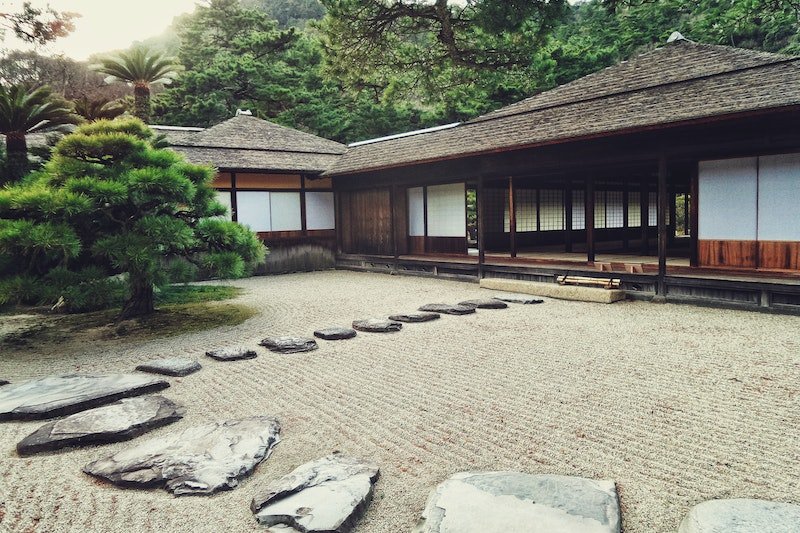
The traditional Japanese interior design principles are rooted in simplicity, minimalism, and using natural materials.
The emphasis on creating spaces harmoniously with nature is a crucial feature of Japanese design. Designers achieve these using elements such as wood, bamboo, and stone. The layout also features extensive use of sliding doors and screens that blur the boundaries between indoor and outdoor spaces, allowing the inhabitants to connect with nature.
Another essential feature of traditional Japanese interior design is tatami mats, which craftspeople make from woven rush grass and serve as the foundation for the space.
Tatami mats are comfortable to sit on and help regulate the temperature, creating a calm summer environment and a warm winter atmosphere. Shoji screens and Fusuma panels are also integral to traditional Japanese interior design, which designers use to create separate rooms, provide privacy, and diffuse light.
Modern Japanese Interior Design Characteristics
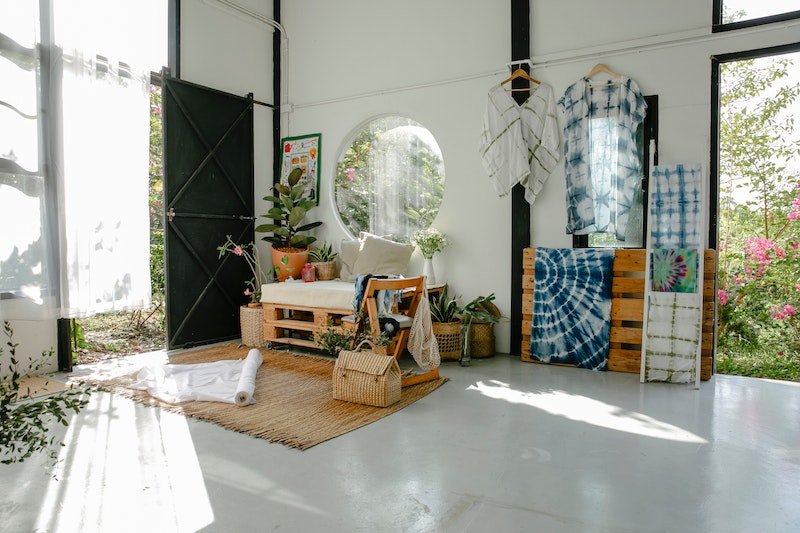
Modern Japanese interior design evolved to incorporate contemporary elements while maintaining traditional design principles.
The use of modern materials such as glass, steel, and concrete has become increasingly popular, creating a striking contrast with traditional natural materials. For instance, a tatami room might have a modern sofa, or a modern living room might have a tokonoma alcove with an art piece or a flower arrangement.
Modern Japanese interior design also incorporates technology, such as automated lighting, home security, and sound systems, which enhance the convenience and comfort of living spaces. This fusion of old and new design elements creates a unique and contemporary aesthetic that reflects the evolving culture of Japan.
Factors Influencing the Evolution of Japanese Interior Design
Several factors were the cause of the evolution of Japanese interior design, including cultural, social, and economic changes.
As Japan went from a feudal society to a modern industrialized nation, the demand for new housing and living spaces increased, leading to contemporary architectural and interior design practices.
Another significant influence on the evolution of Japanese interior design is the rise of globalization and the increased exposure to Western design. This exposure led to integrating Western design elements into Japanese interior design, creating a hybrid aesthetic combining traditional Japanese design principles with modern Western design.
Examples of Japanese Interior Design’s Evolution Over Time
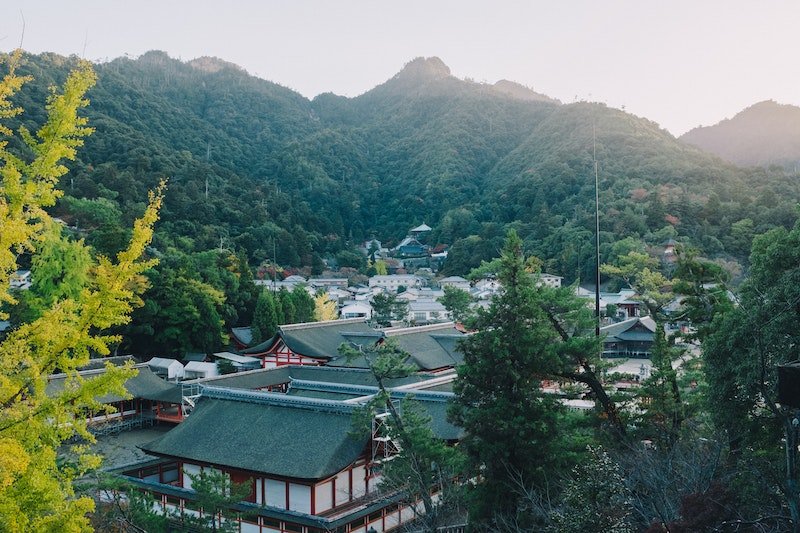
You can see the evolution of Japanese interior design in the different architectural and design styles that emerged during different historical periods.
The origins of wabi-sabi
Historians trace the origins of wabi-sabi back to ancient Japan, where Zen Buddhist monks initially embraced it. The concept emerged as a response to the growing materialism of Japanese society and the desire to find beauty in simplicity and imperfection.
The term “wabi-sabi” first appeared in Japanese literature in the 15th century, but the concept dates back much further. Over time, it became an influential aesthetic principle in Japanese art, design, and culture.
“Wabi-sabi” comes from two Japanese words: “wabi,” which means simplicity and humility, and “sabi,” which refers to the beauty that comes with time.
It highlights that objects and spaces are more beautiful aged or weathered. In contrast to Western design principles that value symmetry and perfection, wabi-sabi celebrates the beauty of asymmetry and irregularity.
Wabi-Sabi during the Meiji period
The Meiji period marked a significant shift in the country’s history. During this time, Japan underwent rapid modernization and changed from a feudal society to a commercial nation.
One of the most noteworthy changes during the period was the adoption of Western culture, ideas, and technology, which profoundly impacted Japanese architecture and design.
Ornate decoration, majestic buildings, and materials such as iron and steel characterize Western architecture, which many designers used in creating new structures. Some of these examples include the Mitsubishi Ichigokan and Tokyo Station.
Wabi-Sabi post-World War II and beyond
In the post-World War II period, Japanese interior design experienced a significant shift towards modernism with the rise of the Metabolism movement.
This movement embraced technological advances and the idea of creating modular, flexible spaces that could adapt to changing needs and environments. It also introduced synthetic materials such as plastics and fiberglass, which many saw as a symbol of progress and modernity.
Today, Japanese interior design integrates many elements, including traditional and modern styles.
While there’s a growing interest in preserving traditional design elements, there’s also a push toward innovation and experimentation as designers seek to create new and exciting spaces that reflect contemporary Japanese culture.
The Importance of Preserving Traditional Japanese Design Elements
By preserving traditional design elements, designers can create spaces that feel authentic, timeless, and connected to nature.
These elements can also inspire new design ideas that incorporate traditional principles freshly and innovatively. As Japanese design continues to evolve and adapt to changing times, it’s essential to remember the importance of preserving the values that make it unique and influential.
Balancing Tradition and Modernity
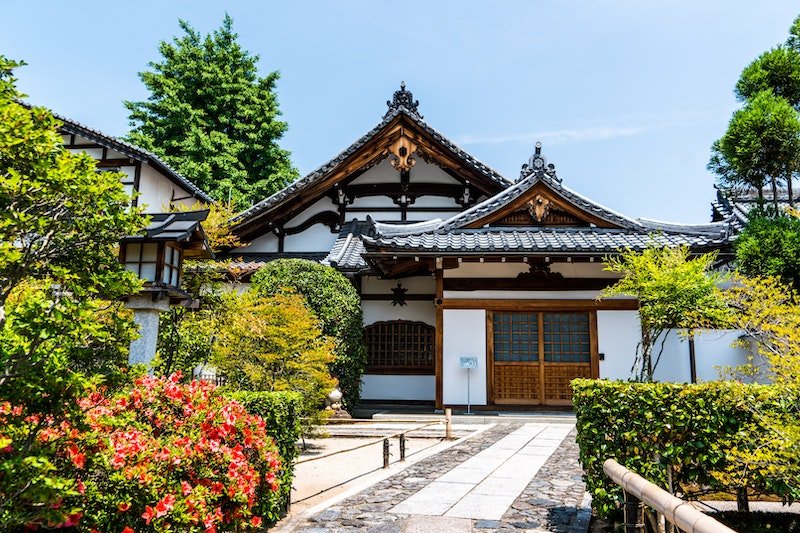
Japanese interior design has evolved significantly from traditional simplicity and minimalist design principles to modern materials and technology.
The use of natural resources, the integration of nature, and the emphasis on simplicity and minimalism are the hallmarks of Japanese interior design that make it unique and ageless. Incorporating wabi-sabi, embracing the beauty of imperfection, has also become a vital aspect of modern Japanese design.
As Japan continues to evolve, Japanese interior design will undoubtedly continue to be a source of inspiration for designers and homeowners worldwide.
Ultimately, the evolution of the country’s design ideals functions as a reminder of the significance of embracing change while holding onto the values and principles that make everyone unique.
